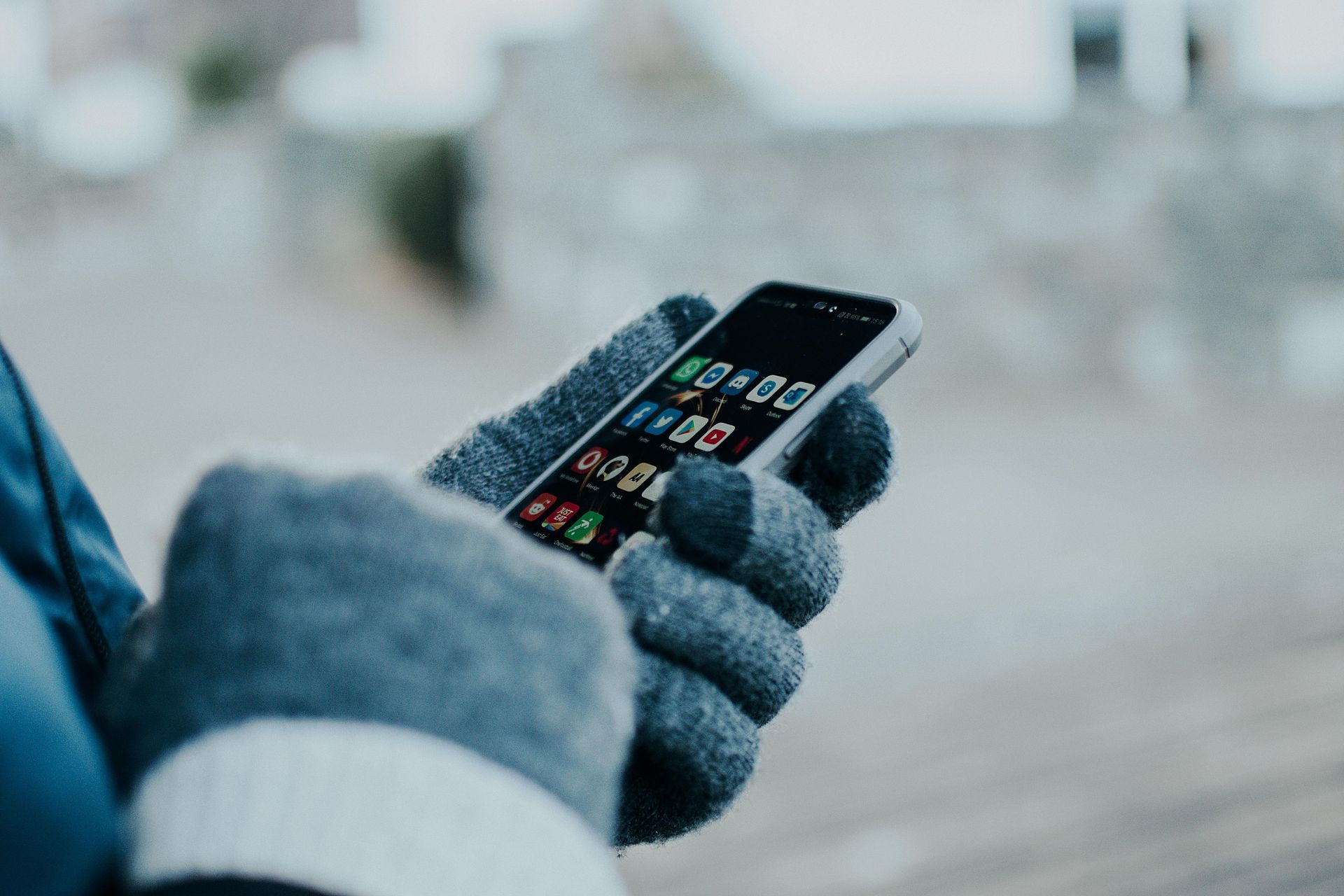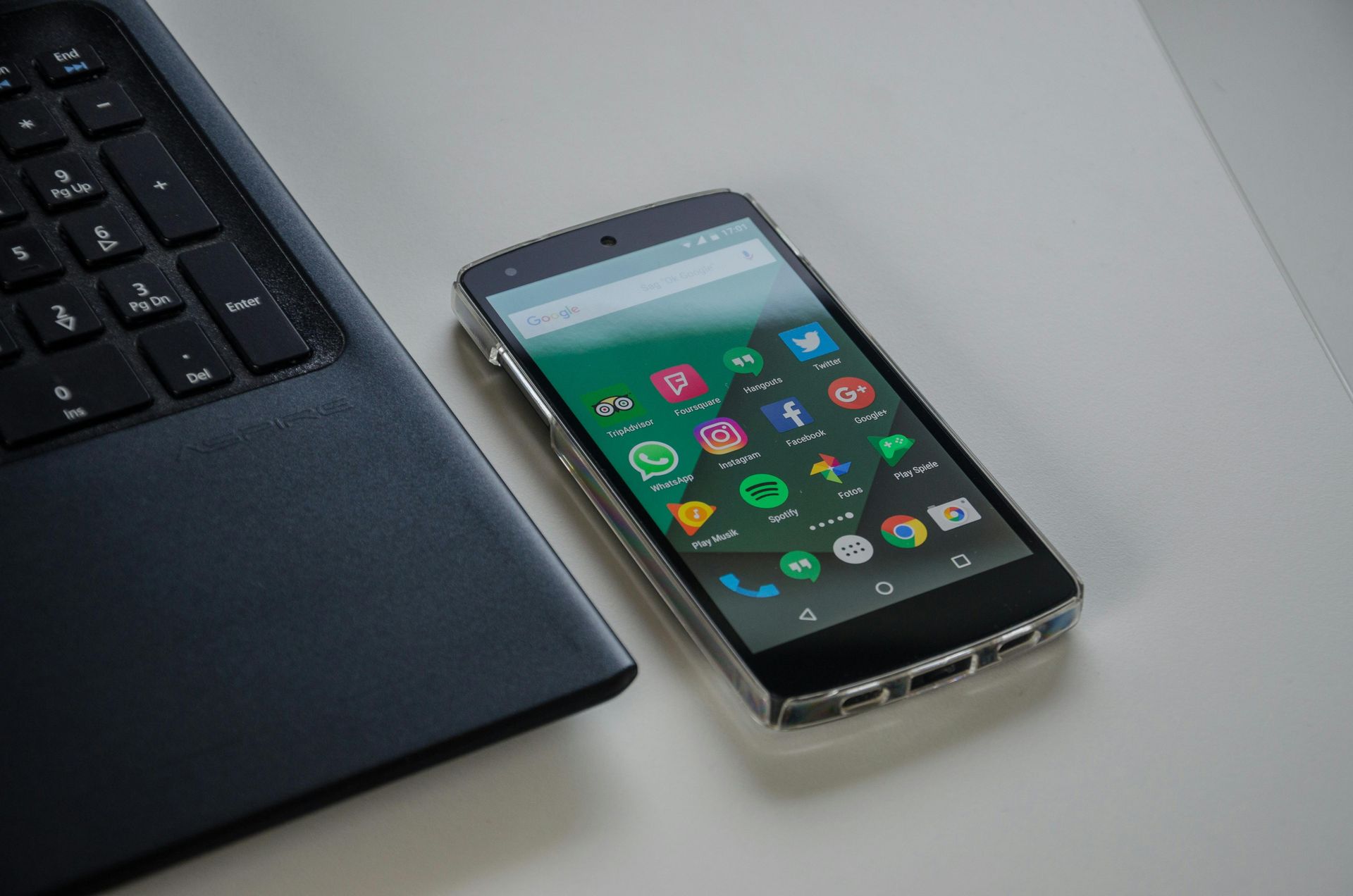A Sales Funnel Is Not a Page—It’s a Process
Why High-Converting Funnels Start With Strategy, Not Software

The Sales Funnel Misunderstanding That’s Hurting Your Revenue
“Let’s build a sales funnel.”
It’s a phrase that gets thrown around in marketing meetings all the time. And too often, it turns into this:
- A landing page
- A thank-you page
- An email opt-in form
- A freebie or a demo offer
Maybe it looks nice. Maybe it gets a few leads.
But here’s the truth: That’s not a funnel. That’s a form.
A sales funnel is not a single page.
It’s not a link tree.
It’s not a checkout screen.
A sales funnel is a process—a strategic journey that guides the right prospect from stranger to buyer, one intentional step at a time.
Part 1: What a Funnel Really Is (and Isn’t)
1.1 Not a Tool—A Framework
Let’s start with what a funnel isn’t:
- It isn’t ClickFunnels.
- It isn’t Leadpages.
- It isn’t a sequence of pretty templates.
Those are tools. Helpful tools, sure—but without a strategy, they're just digital duct tape.
A true sales funnel is:
- A step-by-step journey
- Tailored to buyer psychology
- Designed to solve objections
- Built to qualify, not just capture
You can’t template your way to conversions.
You have to design a
process that earns them.
1.2 Every Business Has a Funnel—Whether They Know It or Not
Here’s the kicker:
You already have a funnel.
It just might be broken.
Because whether you’ve built one or not, your prospects are going through a process:
- How they hear about you
- What they do next
- How long they wait for a response
- What content they read
- What convinces them to say yes—or walk away
The question isn’t, “Should we build a funnel?”
It’s,
“Is the one we have actually working?”
Part 2: The Anatomy of a Real Sales Funnel
A complete sales funnel is more than a front-end opt-in.
It’s a
sequence of steps—each with a purpose.
Let’s break it down.
Step 1: Awareness
This is where strangers become curious.
- Organic search
- Social media
- Paid ads
- Word of mouth
- PR or podcast mentions
At this stage, they don’t know you.
Your only goal is to get the right people saying:
“Hmm, interesting.”
Step 2: Interest & Education
Now they’re aware. But do they care?
This stage is about:
- Lead magnets
- Free resources
- Blog posts
- Video explainers
- Webinars
You’re not selling.
You’re
teaching, positioning, and framing the problem.
Step 3: Evaluation & Trust-Building
This is where they compare.
- Case studies
- Testimonials
- Product comparisons
- ROI calculators
- Email nurturing sequences
This is where your funnel either earns trust—or dies silently.
Objection handling happens here, not later.
Step 4: Decision & Action
The conversion moment.
- Sales calls
- Checkout pages
- Booking links
- Limited offers
- Personalized demos
If the rest of the funnel worked, this part is smooth.
If it didn’t, this is where everything falls apart.
Step 5: Follow-Up & Retention
The funnel doesn’t end at the sale.
- Onboarding
- Upsells
- Post-purchase surveys
- Loyalty programs
- Referral engines
A great funnel doesn’t just get sales.
It gets repeat sales.
Part 3: The Psychology Behind a Funnel That Converts
Forget tactics for a moment.
Let’s talk
how people actually make decisions.
3.1 Trust Before Transaction
People don’t buy from funnels.
They buy from people (and businesses) they trust.
If your funnel tries to convert too soon, without building trust, expect high bounce rates and low conversions.
Warm leads convert. Cold leads click away.
3.2 Specificity Sells
Generic messages like:
“Grow your business fast with our proven system!”
…sound like noise.
But something like:
“Get 47% more sales calls by automating your lead qualification emails.”
…gets attention.
Your funnel should speak directly to:
- One pain
- One desire
- One solution
- One ideal customer
The more specific, the more effective.
3.3 Emotion First. Logic Second.
Good funnels don’t just inform. They move people.
- Stories
- Relatable struggles
- Visuals
- Social proof
- Urgency
- Aspirational outcomes
People decide emotionally.
They justify logically.
Your funnel should do both—in that order.
Part 4: Why Most Funnels Fail (And How to Fix Them)
4.1 Mistaking Funnels for Web Design
Just because your landing page looks great doesn’t mean it performs great.
Design supports the funnel—but strategy drives it.
Fix: Build copy and structure before you start designing.
4.2 Too Many Steps (or Not Enough)
Funnels either:
- Rush people to a sale too soon
- Or bore them with 10 steps before they’re even sure they’re interested
Fix: Map the journey first. Then eliminate friction.
4.3 One Funnel for Everyone
Trying to speak to everyone? You’ll convert no one.
Fix: Create segmented funnels for:
- Different buyer types
- Different awareness levels
- Different traffic sources
Funnels convert when they feel personal.
4.4 No Tracking, No Optimization
If you’re not measuring drop-off, bounce rates, or CTA performance—you’re flying blind.
Fix: Use analytics and heatmaps. Optimize weekly, not quarterly.
Part 5: What a Real Funnel Looks Like (Example)
Let’s say you’re selling a $5K AI sales automation software.
Here’s what a strategic funnel might look like:
Traffic Source: Paid ads targeting sales leaders
⬇
Landing Page: Value-first headline, ROI proof, opt-in for “AI Sales Playbook”
⬇
Email Sequence:
- Educational email: “Why 72% of sales teams waste leads”
- Social proof: “How Company X booked 19 sales calls with AI in 30 days”
- Soft CTA: “Want to see how this could look in your org?”
- Hard CTA: “Book your demo—see the numbers live”
⬇
Sales Page or Call: Personalized demo with pricing calculator
⬇
Follow-Up Sequence: “Here’s what you’re missing” + limited-time incentive
⬇
Onboarding: Welcome video, next steps, bonus content
⬇
Upsell: Additional team seats or integrations
⬇
Referral Prompt: “Know someone else who needs this?”
That’s a funnel.
Built with intent. Measured with precision. Improved with iteration.
Part 6: Funnels Work—If You Respect the Process
The mistake most brands make?
They treat the funnel as a static asset.
But in reality, your funnel is:
- A live system
- A constantly improving machine
- A reflection of how well you understand your buyer
Funnels don’t fail because of bad tools.
They fail because they were built without empathy, testing, or a clear customer journey.
Conclusion: Stop Looking for a Shortcut. Build a System.
A page can’t sell.
A funnel can.
But only if it’s built with:
- Strategic sequencing
- Conversion psychology
- Buyer-focused messaging
- Real content that solves real problems
The goal isn’t to “have a funnel.”
The goal is to create a process that consistently converts strangers into sales.
Want to stop guessing—and start building a funnel that actually works?







